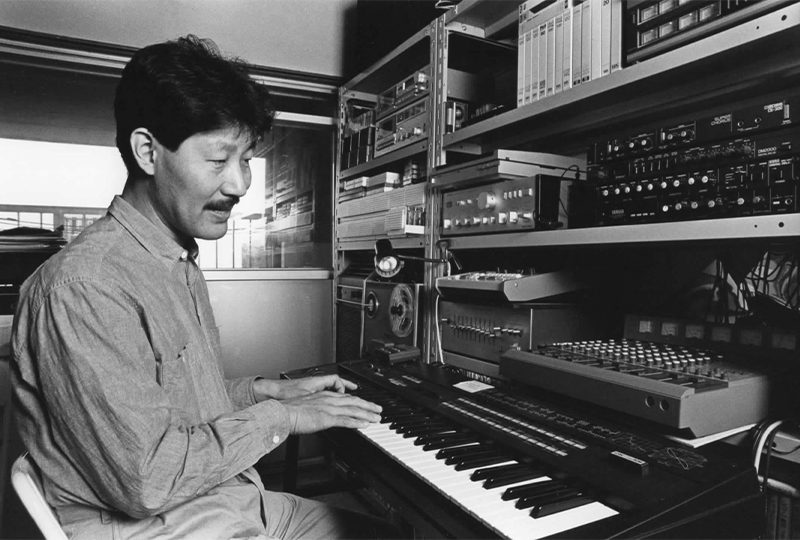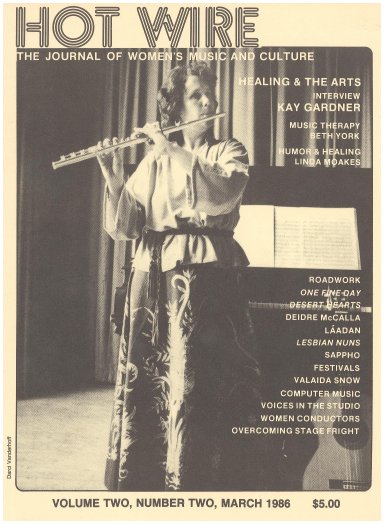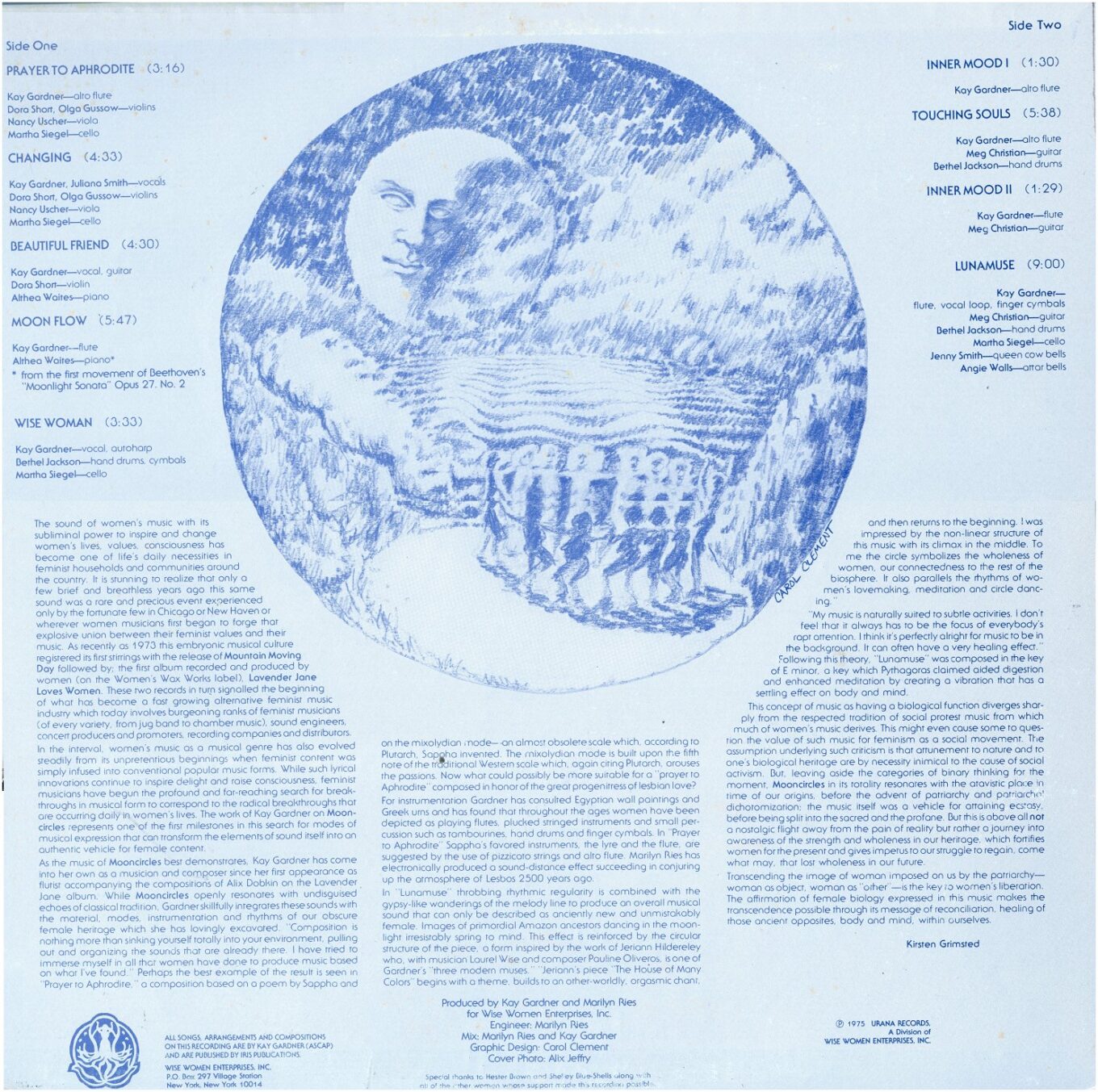JOE CUNNINGHAM explores the ever-changing categorisation of new-age music through both a historical and contemporary lens.
New-age music is near impossible to pin down. Sonically, how can it be described? Browsing the new-age section at a record shop would have you believe that any sort of vaguely calm music can meet the definition’s criteria. And yet, many artists under the new-age umbrella have been known to reject the term altogether. For a genre so seemingly inoffensive, this seems strange at a first glance. Why was the term new-age so undesirable for many musicians in the late 20th century? And why has the categorisation become fashionable amongst listeners today?
Culturally speaking, mindfulness has gone from a moot point for ethnocentrism to a widely accepted facet of life in the western mainstream. Music that is assigned the new-age label serves to create a relaxing, peaceful atmosphere for listeners. Therefore, it’s unsurprising in the modern age of constant media consumption that a sonically-led facilitation of mindfulness has undergone a resurgence. Since the 1980s, the music industry has been retrospectively applying the ‘genre’ to various types of music in its marketable domains (such as record shops and advertising) for the sake of profit – minimal, ambient, electronic, to name a few. The fixation with mindfulness in contemporary culture has opened up a gap in the market – one that music can fill with a transformative label.
The very definition of the term is brought into question by its commodification, which challenges the argument of ‘music for mindfulness’. Many musicians believe that the name is less of a musical genre and more of a marketing term, so naturally, they are reluctant to see their art reduced to a commodity. What separates new-age music from other genres is the context in which the term is applied to music. David Lanz, a pianist whose music frequented the new age charts in the 90s, believes that “the main reason people [didn’t] like the term New Age is because it’s the only musical category that isn’t a musical term”. When compared to ubiquitous genres, such as rock, classical, or punk, for example, Lanz’s argument seems to hold water. This serves as an explanation for many musicians’ distaste towards the term – it is inherently unmusical, and functions as something indicative of a culture rather than a sound, which may prove disagreeable for some.

Recontextualising music with commercial categorisations is arguably dangerous for the art form, as it can betray a musician’s artistic intentions in the name of increasing sales. However, this poses an interesting question – is this actually a bad thing? Here’s a personal anecdote of relevance: I discovered one of my now favourite ambient albums, Green by Hiroshi Yoshimura, through its 2020 physical US re-release. The mix for the United States release features the inclusion of environmental sounds, an intentional choice by Yoshimura to appeal to a western audience. The mix for the Japanese release, omitting the environmental noise, is the version I have since come to prefer: but who’s to say I would have ever encountered this album, had it not been for the resurgence in public interest in new-age music? Surely, if a simple categorisation can enable an artist’s work to reach a wider audience, and for a positive effect such as fostering a mindful culture, is the use of a commercial term by the music industry really a problem? As with any cultural discourse, the answer refuses to be simple.
We must look back at new-age’s origins to understand the implications of this recontextualisation. Professional musicians were creating meditative, calming music in 1960s America, yet the music industry had no interest in providing these musicians with record deals as they did not see a commercial incentive. These musicians, in response, formed independent record labels and their music began to gain traction in capital-driven spaces such as book shops and boutiques. Only when provided with a financial incentive did record labels begin to invest in the promotion of new-age music. From an economic perspective, this is understandable. However, this interest went on to become an artistic annexing in the face of the genre’s origins; the term ‘new-age’ has since been warped beyond recognition and bears little resemblance to its roots as meticulously composed, tranquil music.

What is left, in the wake of the music industry’s involvement, is a homogenised pool of sounds with vastly different motivations. Kay Gardner – a pioneering composer in ‘healing music’ – claimed that in the contemporary era of new-age music, inserting sounds of crickets, oceans or rivers into one’s music has proven as all that is necessary for ensuring sales.
There is a twisted irony in all of this. What emerged as a counter-culture to the dominant forces in music ended up as simply another string to the music industry’s Herculean bow. A bold, experimental frontier in music, reduced to a largely monotonous, hypersaturated husk with a muddied identity. The new age of new-age, has, paradoxically, fallen victim to age-old structures of power and authority.
Featured image: Mooncircles’ Back Cover, Kay Gardener, Queer Music Heritage





